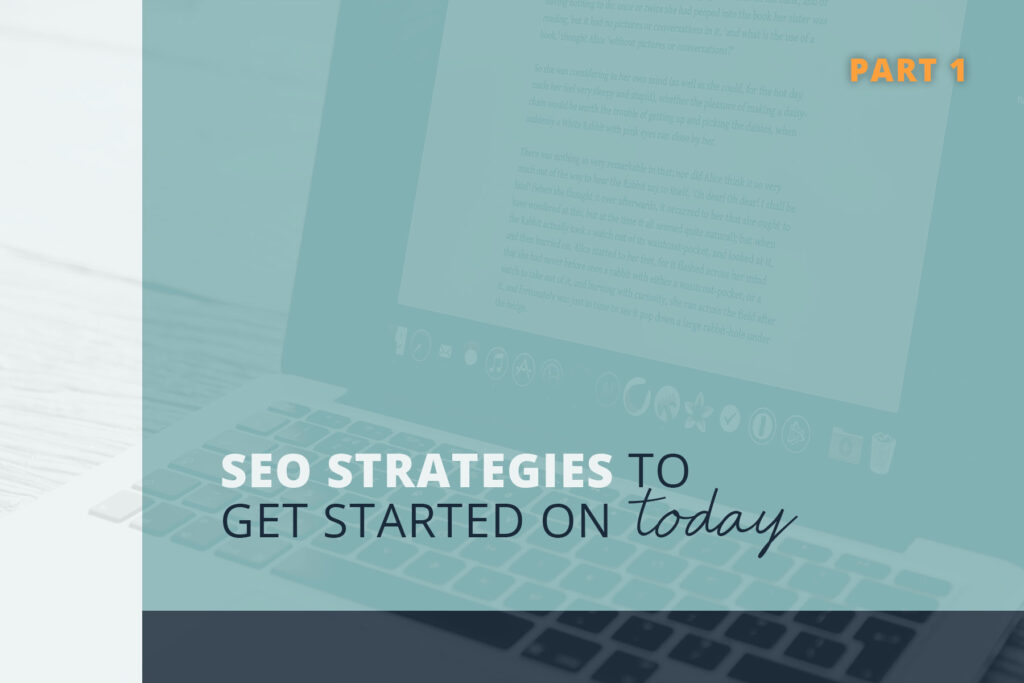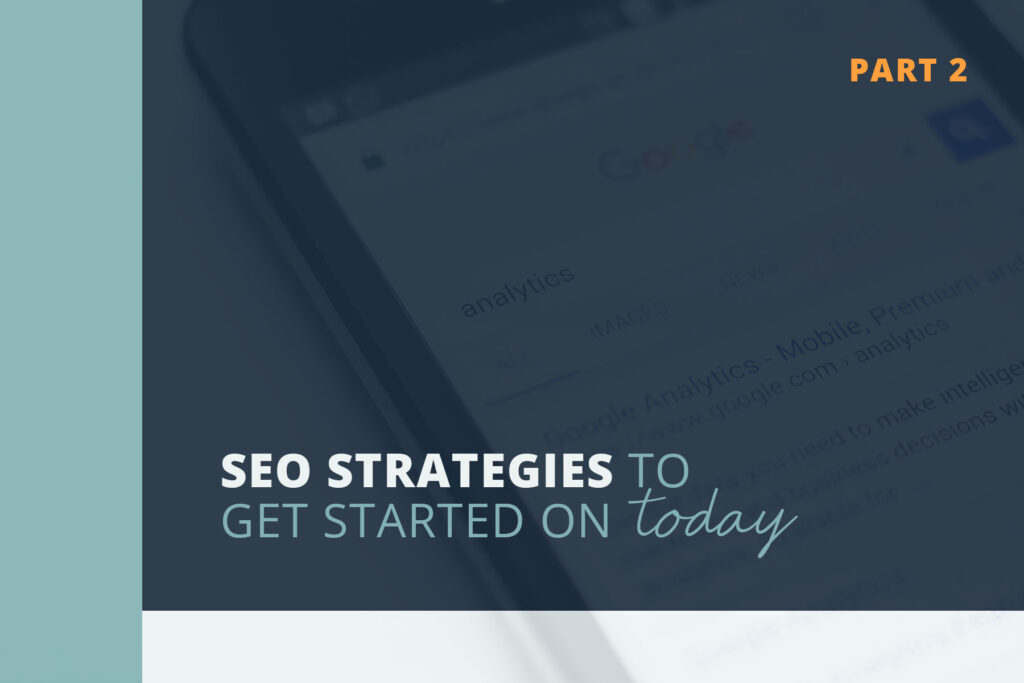What is Search Engine Optimization?
Search engine optimization is the practice of improving a website’s rank (or position) in the search engine result pages organically. Websites ranked in a higher position receive more impressions and clicks than those in lower positions, resulting in more traffic to your website. Picture Google – the SERPs (search engine result pages) often feature paid ads at the top of the page, and the organic search listings follow. In most cases, organic traffic is the primary source of a website’s channel traffic and has proved to be the most trusted channel by consumers.
The strategies of SEO are ever-changing and constantly evolving to keep up with Google’s and other search engine algorithms. RideDigital is here to share 3 SEO strategies that have stood the test of time for you to get started on today!
Strategy #1: SEO-Friendly Content
Keyword Research & Planning
The first step is to identify what keywords or keyword phrases you want to be showing up for in the search engine result pages. Here are a few key things to consider when identifying keywords to target: search volume, competition, and relevance.
Search Volume
Determine how many users are actually searching for that specific keyword. The larger number of users searching for a specific term, the bigger the audience you are targeting and potentially reaching. On the other hand, if no one is searching for that keyword, then there is no available audience for your content to reach through search.
Keyword Difficulty
Keyword difficulty is the process of evaluating how difficult it will be to rank in the organic search results for a specific term. As you begin your keyword planning and strategy process, it is important to consider the competition in your industry. Meaning, you need to understand the relative competition that is against you and your brand and the likelihood of ranking for the more difficult keywords against your competitors. Factors ranging from content quality to domain authority will determine the success a site has in ranking for a particular keyword.
Keyword Search Intent
Keyword search intent is a term that is used to represent the user’s purpose for the search they performed. Being intentional when choosing your target keywords will better equip you to meet your potential customer’s needs and better match your website content and experience to their search intent. It is important to consider the different stages a potential customer could be at in their unique search journey: informative, transactional or navigational.
Content Structure
The goal of your content structure is to allow website visitors to easily determine what the page is about and/or find the answer they are looking for quickly. When planning out content, be sure to consider the following tips for structure:
1. Introduction
Right from the start, your goal should be to engage with your reader. By starting out with an introduction to the key ideas and main points of your content, you not only enable readers to gather an understanding of what to expect, but it also enables search engine crawlers to more quickly crawl your content and serve your site in the search results.
2. Headlines & Subheaders
When constructing your content, you will want your main headline, otherwise known as an H1, to be enticing to a reader and search-friendly, optimizing the headline with strong keyword placement. Be sure to limit a single H1 tag to each page. Adding additional subheadings (H2-H6 tags) throughout your content can help your customer navigate your page with ease and break up the content for better readability.
3. Bullet Points & Numbered Lists
Using bullet points and/or numbered lists in your page content helps you draw focused attention and highlight key points further improving the readability flow. Bullet points and numbered lists also work as a “signal” to search engines indicating that your content provides additional value to a reader.
4. Call To Actions
Be sure to include a call to action, especially at the end of the page content, to prolong the reader’s journey by pointing them to a new and relevant page of your site. Call to actions encourage users to stay on your site and allows you to lead them in the right direction of what they might be looking for.
5. Conclusion
The conclusion should be used to summarize your page’s content and encourage readers to take action toward an additional step. This might be pointing them toward another page on your website, encouraging them to shop for your business’s goods or services, or maybe you want them to make contact with you at this point. Having a strong concluding paragraph is just as important as having strong introduction and body paragraphs.
External & Internal Links
Internal and external links are an important SEO strategy for good content writing.
Internal links are hyperlinks used to point to a page that is on the same website the user is currently browsing. These links are useful in establishing site architecture, allowing search engines to more easily understand what your website has to offer, and also prolonging a user’s journey on your site, providing ease of navigation and new information. User experience is an important consideration for organic rankings, and through internal links, a user will stay engaged with your website longer visiting more pages during a single session and therefore improving your user experience metrics.
External links direct users to a different website than your own. External links are firstmost beneficial to your site users, but also establish credibility for your own domain. Directing users to a credible source from within your own page content aids the user in their search journey and allows search engines to identify your site as a reliable and trustworthy source of information dedicated to the user’s experience.
When you set out to write your next piece of content for your website, remember to consider enhancing the SEO value through strategic keywords, structured content, and link-building practices. Stay tuned for our next SEO strategy to get you through the best of SEO basics!
If your brand or business needs help adding SEO-friendly content to your website, we are here to help! RideDigital can help you rank higher on search engines with SEO. Please contact us today to set up a call to discuss services. Stay tuned for our next blog where we will be discussing more SEO basics to get started on today!


